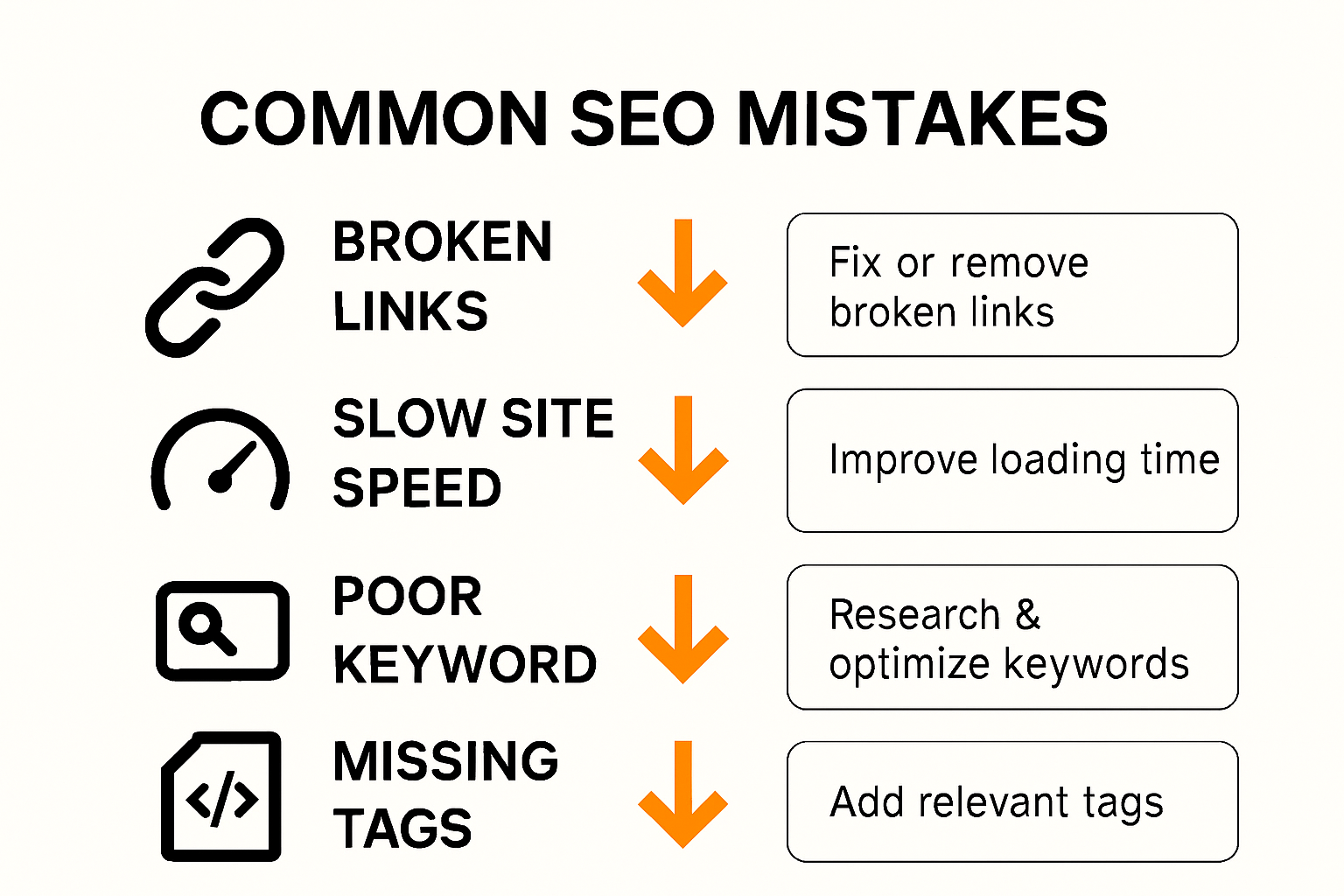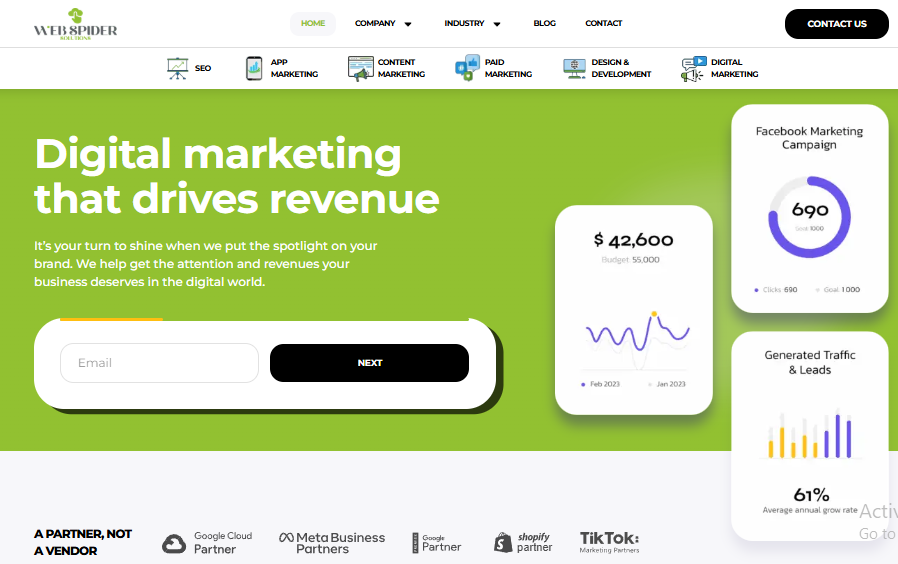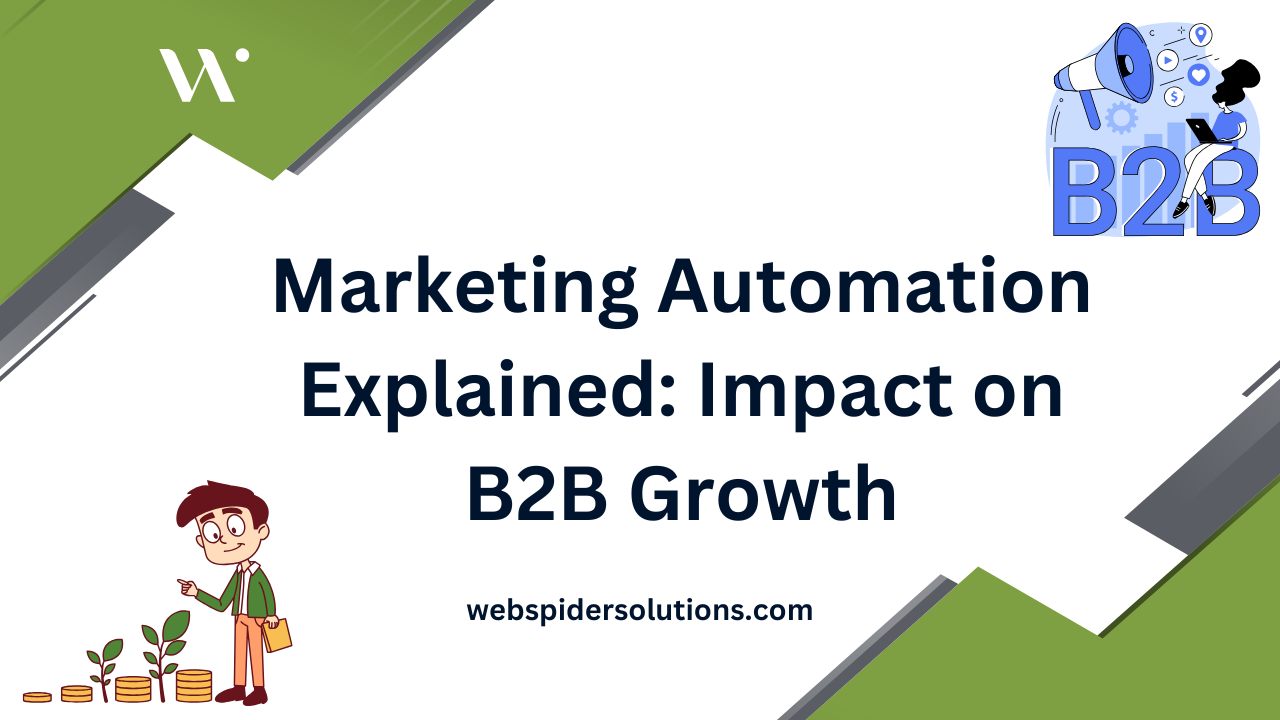Every business wants to show up on Google, but most miss the mark by skipping the basics that really matter. Shockingly, sites with missing title tags or meta descriptions can lose up to 50 percent of their potential search traffic. Think flashy design or endless blog posts will save you? Not even close. The biggest wins come from fixing simple SEO mistakes that almost everyone overlooks.
Table of Contents
- Missing Foundational SEO Elements
- Content Issues That Hurt Rankings
- Technical SEO Mistakes To Watch
- How To Prevent Costly SEO Errors
Quick Summary
| Takeaway | Explanation |
|---|---|
| Implement Essential SEO Elements | Use unique title tags, descriptive meta descriptions, and structured headers to enhance visibility. |
| Focus on High-Quality Content | Create in-depth, original content that meets user needs and avoids keyword stuffing. |
| Optimize Technical Performance | Improve site speed, mobile responsiveness, and secure connections for better crawlability. |
| Conduct Regular SEO Audits | Regular audits help spot and fix potential SEO issues before they escalate. |
| Adopt a Proactive SEO Approach | View SEO as an ongoing process, staying updated on trends and algorithm changes. |
Missing Foundational SEO Elements
Foundational SEO elements are the critical building blocks that determine how search engines understand and rank your website. Many businesses unknowingly sabotage their online visibility by overlooking these essential components, creating significant barriers to search engine performance.
The Critical Impact of Overlooked Technical SEO Foundations
Search engines rely on specific signals to comprehend and index web content effectively. According to Google’s SEO Starter Guide, missing fundamental elements can dramatically reduce a website’s ability to rank and attract organic traffic. The most common oversights include inadequate title tags, missing meta descriptions, poor heading structures, and incomplete image optimization.
Businesses frequently underestimate how these seemingly minor details can create massive gaps in their search engine visibility. A poorly structured website sends confusing signals to search engine crawlers, essentially rendering valuable content invisible. For instance, without proper heading hierarchies and descriptive title tags, search engines struggle to understand the context and relevance of your web pages.
Key Foundational SEO Elements Every Business Must Implement
Effective SEO requires a comprehensive approach to technical optimization. Google Search Central emphasizes the importance of precise technical configurations. Critical elements businesses must address include:
- Title Tags: Unique, descriptive titles that accurately represent page content and include primary keywords
- Meta Descriptions: Compelling summaries that encourage click-through from search results
- Header Structure: Logical H1-H6 headings that create clear content hierarchies
- Image Optimization: Descriptive alt text that helps search engines understand visual content
- Internal Linking: Strategic connections between related content that distribute page authority
To help clarify which foundational SEO elements businesses must implement, here’s a summary table outlining each essential component and its description:
| Foundational Element | Description |
|---|---|
| Title Tags | Unique, descriptive page titles with primary keywords |
| Meta Descriptions | Compelling summaries for better click-through from search results |
| Header Structure | Logical H1-H6 to create a clear content hierarchy |
| Image Optimization | Descriptive alt text to help search engines understand visuals |
| Internal Linking | Connects related content, distributing authority across the website |
Companies that neglect these fundamental elements essentially create invisible websites. Search engines cannot effectively rank content they cannot comprehend. This means potentially valuable information remains hidden from potential customers, regardless of its quality.
Moreover, technical SEO foundations directly impact user experience. Websites with clear, well-structured content not only perform better in search rankings but also provide more intuitive navigation for visitors. By implementing these foundational elements, businesses create a win-win scenario that satisfies both search engine algorithms and human users.
To address these common SEO gaps, businesses should conduct a comprehensive technical audit. Learn more about advanced SEO optimization techniques to transform your digital visibility and ensure your website communicates effectively with search engines.
Remember, SEO is not about tricking search engines but creating genuinely valuable, well-structured content that serves user needs while meeting technical requirements. Investing time in these foundational elements pays long-term dividends in organic search performance.
Content Issues That Hurt Rankings
Content remains the cornerstone of successful SEO strategies, yet many businesses unknowingly undermine their search engine performance through critical content mistakes. These errors can drastically reduce organic visibility and prevent potential customers from discovering their websites.
The Pitfalls of Poor Content Quality
According to Google’s Search Essentials, high-quality content is paramount for search rankings. Businesses frequently fall into traps that compromise their content’s effectiveness. Auto-generated content, keyword stuffing, and materials that fail to address user needs are primary culprits of poor search performance.
Search engines have sophisticated algorithms designed to identify and penalize low-value content. This means simply producing content is no longer sufficient. Each piece must provide genuine value, answer user questions comprehensively, and demonstrate expertise in the subject matter. Thin, superficial content that lacks depth or originality will quickly be pushed down in search results.

Critical Content Optimization Strategies
Search Engine Journal highlights several key content issues that dramatically impact search rankings. Businesses must focus on:
- Search Intent Matching: Content must precisely align with what users are actually searching for
- Comprehensive Coverage: In-depth exploration of topics that provides real insights
- Readability and Structure: Clear headings, concise paragraphs, and logical information flow
- Unique Perspective: Original insights that differentiate content from competitors
Below is a checklist summarizing critical content optimization strategies mentioned in the article. Use this table to quickly assess if your content is meeting key requirements.
| Optimization Strategy | Requirement Met? (Yes/No) | Notes |
|---|---|---|
| Search Intent Matching | Content aligns with user search needs | |
| Comprehensive Coverage | Topics are explored in-depth | |
| Readability and Structure | Clear headings, concise paragraphs | |
| Unique Perspective | Content offers original insights |
Keyword optimization remains important, but context and quality now take precedence. Modern SEO demands content that genuinely serves user needs rather than attempts to manipulate search algorithms. This means creating materials that answer questions, solve problems, and provide clear, actionable information.
Writing for humans while simultaneously satisfying search engine requirements is a delicate balance. Content must be naturally written, engaging, and informative. Overly technical or keyword-stuffed text will alienate readers and trigger search engine penalties. The goal is to create content that people want to read and share.
Discover advanced content optimization techniques to transform your digital content strategy. By understanding and implementing these critical content principles, businesses can significantly improve their search engine visibility and attract more qualified organic traffic.
Ultimately, successful content marketing requires continuous refinement. Regular content audits, understanding audience needs, and staying current with search engine guidelines are essential for maintaining and improving search rankings. Quality, relevance, and user value will always be the most critical factors in content performance.
Technical SEO Mistakes to Watch
Technical SEO represents the intricate backbone of website performance, where seemingly minor configuration errors can significantly derail search engine visibility. Businesses often overlook these critical technical elements, unknowingly creating barriers that prevent their websites from achieving optimal search rankings.
Critical Performance and Crawlability Challenges
Website performance is not just about aesthetics but fundamental technical configurations that search engines evaluate. Digital Authority Partners emphasizes that site speed dramatically impacts user experience and search rankings. Slow-loading websites frustrate users and trigger immediate bounce rates, signaling poor quality to search algorithms.
Common technical performance issues include unoptimized images, inefficient code, and inadequate server configurations. These problems create invisible barriers that prevent search engines from effectively crawling and indexing content. Large image files, excessive JavaScript, and complex CSS can substantially slow page load times, directly undermining SEO efforts.
Strategic Technical Optimization Approaches
Chico State University’s digital marketing research highlights several critical technical SEO considerations businesses must address:
- Site Speed Optimization: Compress images, minimize code, leverage browser caching
- Mobile Responsiveness: Ensure seamless performance across all device types
- Secure Connection: Implement HTTPS to protect user data and improve rankings
- Structured Data: Use schema markup to help search engines understand content context
Keyword density remains another technical nuance many businesses misunderstand. While keywords are essential, research indicates they should represent no more than 2% of content to maintain quality and avoid potential search engine penalties.
The AJ Center underscores the importance of strategic user engagement, noting that clear calls-to-action (CTAs) significantly impact technical SEO performance. Well-structured CTAs guide user interactions, reduce bounce rates, and send positive signals to search algorithms about content relevance and quality.
Explore advanced technical SEO strategies to transform your website’s search engine performance. Understanding these technical intricacies allows businesses to create robust, search-friendly digital platforms that attract and retain organic traffic.
Ultimately, technical SEO is an ongoing process of refinement. Regular audits, staying current with search engine algorithm updates, and proactively addressing potential technical barriers are essential for maintaining competitive search visibility. Success requires a holistic approach that balances technical precision with user-focused design.

How to Prevent Costly SEO Errors
SEO mistakes can have devastating consequences for businesses, potentially resulting in significant drops in organic traffic, reduced search visibility, and lost revenue. Understanding how to proactively prevent these errors is crucial for maintaining a competitive digital presence.
Strategic Prevention and Diagnostic Approaches
The University of Utah highlights that prevention starts with understanding common pitfalls. Keyword density remains a critical metric businesses must carefully manage. Research indicates keywords should represent no more than 2% of content to maintain quality and avoid potential search engine penalties.
Comprehensive SEO error prevention requires a multifaceted approach. This means regularly conducting technical audits, monitoring website performance metrics, and staying updated with the latest search engine algorithm changes. Businesses must develop a systematic process for identifying and addressing potential SEO vulnerabilities before they escalate into more significant problems.
Holistic SEO Error Mitigation Strategies
The UOB-SMU Asian Enterprise Institute emphasizes that successful SEO goes beyond technical optimization. Crucial strategies include:
- Continuous Learning: Stay informed about industry trends and algorithm updates
- Regular Audits: Conduct comprehensive website performance evaluations
- User Experience Focus: Prioritize visitor satisfaction over search engine manipulation
- Proactive Monitoring: Track key performance indicators consistently
Many businesses make the critical mistake of viewing SEO as a one-time task rather than an ongoing process. Search engine algorithms continuously evolve, and what works today might become ineffective tomorrow. This requires a dynamic, adaptive approach to digital marketing strategy.
Technical diagnostics play a crucial role in preventing SEO errors. This involves using advanced tools to identify broken links, crawl errors, mobile responsiveness issues, and potential security vulnerabilities. Regular website health checks can prevent minor issues from becoming major ranking setbacks.
Discover comprehensive SEO error prevention techniques to safeguard your digital marketing investments. Understanding the nuanced landscape of search engine optimization allows businesses to create robust, resilient online strategies.
Ultimately, preventing SEO errors requires a holistic approach that balances technical precision with strategic creativity. Businesses must cultivate a proactive mindset, investing time and resources in continuous improvement and adaptation. Success comes from viewing SEO not as a destination, but as an ongoing journey of optimization and refinement.
Frequently Asked Questions
What are common SEO mistakes businesses make?
Common SEO mistakes include missing title tags and meta descriptions, poor content quality, and neglecting technical optimizations like site speed and mobile responsiveness.
How can I improve my website’s search rankings?
To improve search rankings, focus on implementing foundational SEO elements, creating high-quality content that matches user intent, and optimizing technical performance for better crawlability.
Why is content quality important for SEO?
High-quality content is crucial for SEO as it directly affects how search engines evaluate and rank your website. It should provide value, answer user questions, and avoid keyword stuffing.
What should I include in an SEO audit?
An effective SEO audit should include checks for title tags, meta descriptions, header structures, internal linking, site speed, mobile responsiveness, and overall content quality.
Ready to Fix Costly SEO Mistakes Holding Your Business Back?
Are you tired of watching your website miss out on search traffic because of simple, overlooked SEO errors? If missing title tags, weak meta descriptions, slow site speed, or lackluster content sound familiar, you are not alone. These foundational SEO issues can quietly drain your online visibility and growth potential. When your site structure, content, and technical performance fall short, competitors get the business that should be yours. Find more real-world solutions and insights in our latest Stories Archives – Web Spider Solutions section.

Stop losing ground in your industry. Now is the time to take action and see real results. Partner with Web Spider Solutions for a free comprehensive SEO audit that pinpoints gaps and unlocks growth opportunities. Let us help you fix common SEO pitfalls and build a future-ready digital presence. Visit our homepage to request your audit or to learn more about our proven strategies. Avoid common mistakes and capture the targeted leads your business deserves.
Recommended











